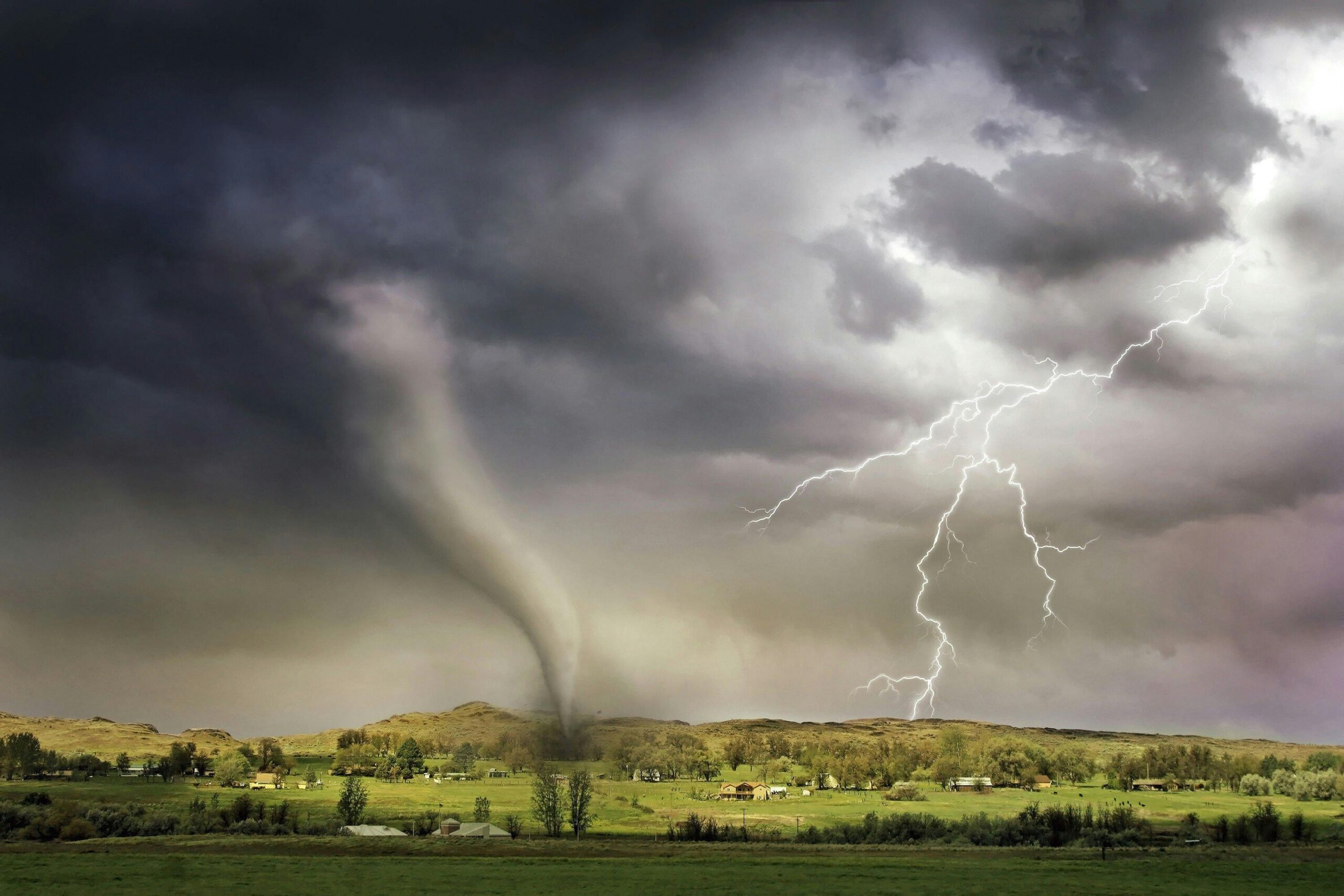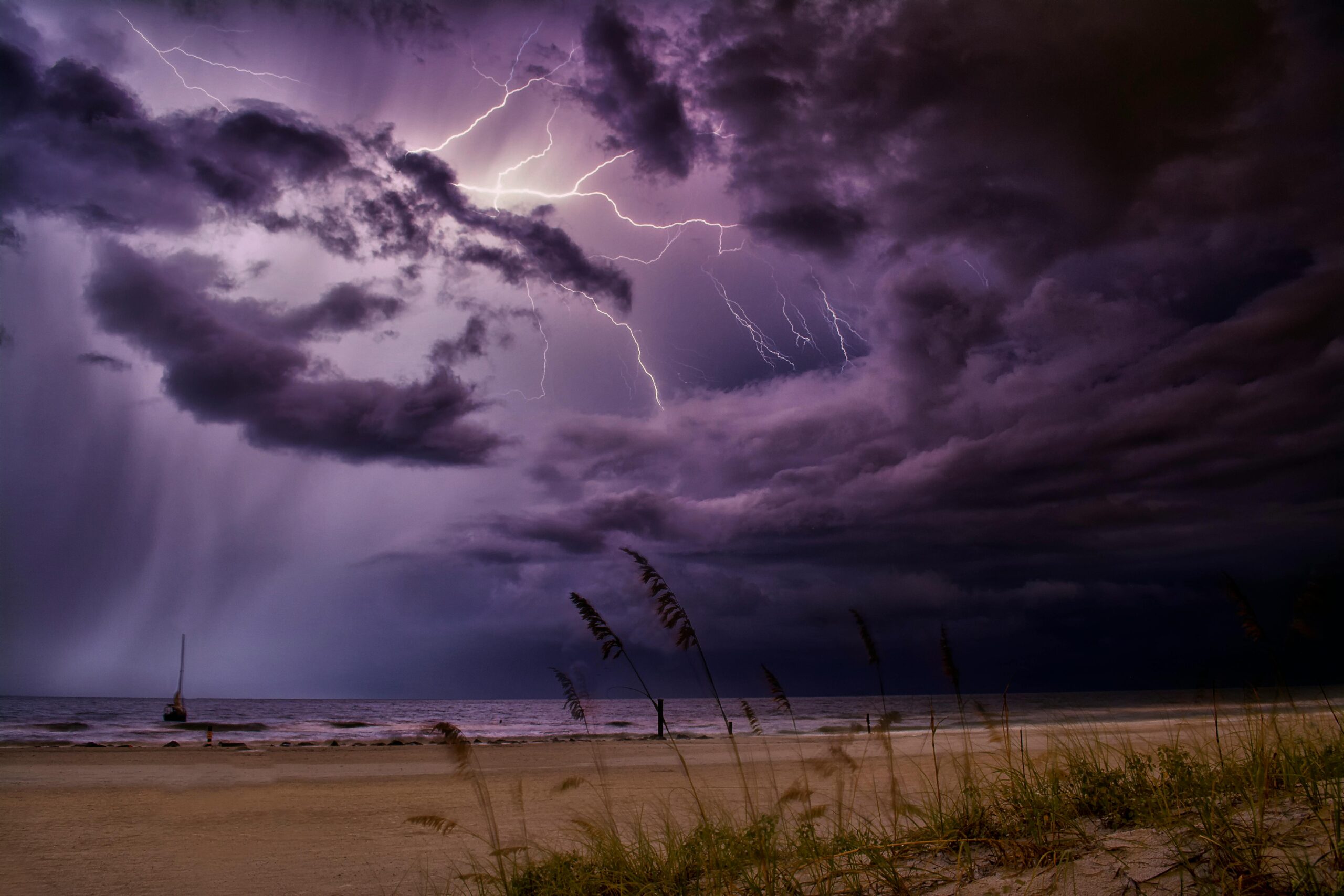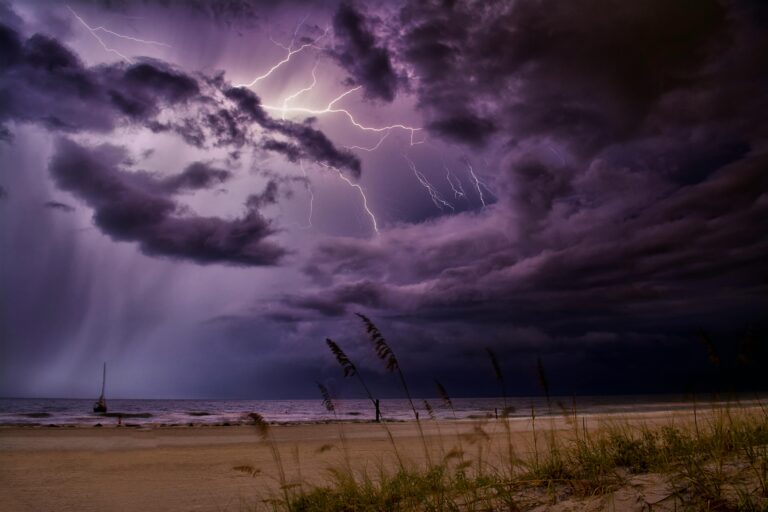
Texas property stands at the epicenter of a mounting climate crisis, with insurance industry data revealing that $1.1 trillion in Texas real estate is at risk from extreme weather caused by climate change. This staggering figure underscores the vulnerability of the Lone Star State’s property market to increasingly frequent and severe weather events, creating unprecedented challenges for homeowners, insurers, and policymakers alike.
A State Under Siege
The scope of Texas’s extreme weather problem is unprecedented. From 1980-2024, there were 190 confirmed weather/climate disaster events with losses exceeding $1 billion each to affect Texas, making it the most disaster-prone state in the nation. Texas has not just the highest number of billion-dollar weather events, but we also have the most expensive, according to analysis of National Centers for Environmental Information data.
The diversity of threats facing Texas property is remarkable. These events included 20 drought events, 9 flooding events, 1 freeze event, 126 severe storm events, 16 tropical cyclone events, 7 wildfire events, and 11 winter storm events. This broad spectrum of hazards means that virtually no region of the state can claim immunity from extreme weather risks.
Recent years have seen an alarming acceleration in disaster frequency. 15 weather or climate disaster events with losses of more than $1 billion have impacted Texas in 2023, the most since 1980, highlighting how climate change is intensifying existing vulnerabilities rather than creating entirely new ones.
The Insurance Crisis Unfolds
The mounting threat to Texas property has triggered a cascade of consequences throughout the insurance market. Texas rates have increased 22% on average so far in 2023, twice the national rate, while more recent data shows homeowners’ insurance rates climbed by nearly 19% in 2024. These increases reflect insurers’ desperate attempts to maintain financial stability in the face of mounting claims.
The current state of Texas insurance costs is sobering. The average annual cost of home insurance in Texas is currently $4,585, 117 percent higher than the national average of $2,110. This dramatic disparity reflects the heightened risk profile of Texas properties and the insurance industry’s response to repeated billion-dollar losses.
The situation has become so severe that many insurers are reconsidering their Texas operations entirely. Texas FAIR Plan policies increased by 26% in the first half of 2024, indicating that more property owners are being forced into the state’s insurer of last resort as private companies retreat from high-risk markets.
Climate Change Amplifies Existing Risks
While Texas has always experienced extreme weather, climate change is fundamentally altering the risk landscape. Climate change isn’t creating new risks: rather, it’s amplifying existing ones. The state’s geography and climate patterns make it naturally susceptible to a wide range of weather hazards, but rising temperatures and changing precipitation patterns are making these events more frequent, more intense, and more costly.
The primary threats facing Texas properties reflect this amplification effect. The biggest threats to Texas are severe storms, cyclones/hurricanes, and droughts/heat waves in terms of frequency, cost and loss of life. Each of these categories has seen notable intensification in recent years, driven by the underlying changes in global climate patterns.
The 2024 disaster season exemplified this trend. There were 27 disasters in the United States in 2024 that individually cost $1 billion or more. It was the second-highest number since the NOAA record began in 1980, with Texas accounting for a disproportionate share of these events.
Broader Economic Implications
The impact of extreme weather risk extends far beyond individual property owners. A report released on Monday by First Street found that mounting insurance costs and increased climate risk could erode the value of residential real estate by $1.5 trillion over the coming decades. This potential decline in property values would have cascading effects throughout the Texas economy, affecting everything from municipal tax bases to household wealth.
The growing insurance burden is reshaping housing affordability calculations across the state. Home insurance costs make up a greater percentage of a monthly mortgage payment than ever before, forcing potential homebuyers to reconsider their options and existing homeowners to reassess their financial planning.
The crisis has also highlighted the vulnerability of uninsured properties. Nationally, 1 in 13 homeowners is uninsured, leaving “at least $1.6 trillion in unprotected market value”, a problem that is likely even more acute in high-risk states like Texas where insurance costs are prohibitive for many residents.
The Path Forward
Addressing Texas’s extreme weather vulnerability requires a multi-faceted approach combining immediate adaptation measures with long-term climate resilience strategies. In the wake of Hurricane Harvey’s destruction, Texas Gov. Greg Abbott assembled the Governor’s Commission to Rebuild Texas to recommend improvements in communication, coordination and infrastructure to lessen the impact of future hurricane events, demonstrating recognition of the need for systematic reform.
However, the scale of the challenge means that solutions must extend beyond disaster recovery to encompass comprehensive risk reduction. This includes updating building codes to reflect current and projected climate conditions, investing in resilient infrastructure, and developing innovative financing mechanisms to help property owners implement protective measures.
The insurance industry’s response will be crucial in determining whether Texas can maintain a viable property market in the face of mounting climate risks. Texans should expect more premium hikes in 2024 and 2025, according to industry experts, suggesting that the current crisis is far from over.

Conclusion
The $1.1 trillion in Texas property at risk from extreme weather represents more than just an insurance industry statistic, it reflects a fundamental challenge to the state’s economic future and the well-being of millions of residents. With climate change continuing to amplify existing weather risks and disaster frequency reaching record levels, Texas faces an urgent need to develop comprehensive strategies for protecting its built environment.
The state’s response to this crisis will likely serve as a model for other regions facing similar challenges. Success will require unprecedented coordination between government agencies, the insurance industry, and property owners to build resilience into Texas’s communities and economy. The alternative, continuing on the current trajectory, risks not only financial losses but the long-term viability of communities across the Lone Star State.
As extreme weather events become increasingly common and costly, the question is not whether Texas real estate will face more billion-dollar disasters, but whether it can build the resilience necessary to weather them without catastrophic economic and social consequences. The $1.1 trillion figure serves as both a warning and a call to action, one that demands immediate and sustained attention from all stakeholders in Texas’s future.





